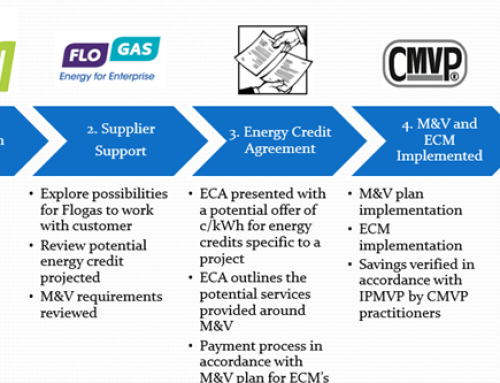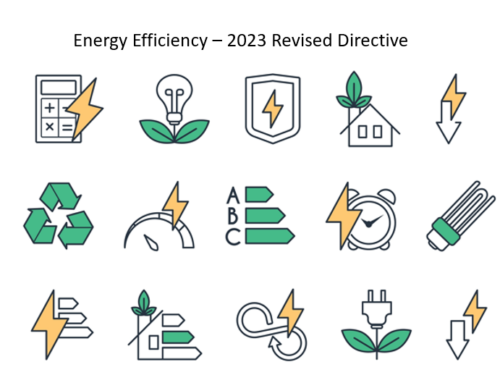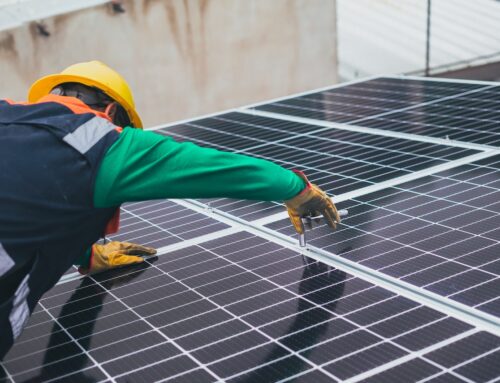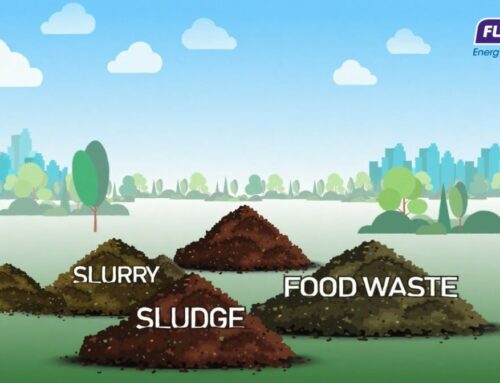NBP contracts reached sustained highs over the last couple of weeks. Although Britain has experienced record LNG imports, supply fundamentals outlined below are seeping into future contracts. The NBP front season contract has gained nearly 87% since the 1st June. The last time we saw such gains on this contract was upon the Russian invasion of Ukraine in March. The coming winter contract is building in premiums relating to the direction of the Russia- Ukraine war. As a result, there is significant security of supply concerns for the near term that are feeding into longer term contracts.
The outlook for supply for the coming months will likely be impacted by the below fundamentals.
Storage
European storage stocks are expected to be 90% full by the 1st November, as mandated by the European Union in preparation for the coming winter. European gas storage is currently 62% full, in line with the five year average for this time of year. The European storage campaign is largely on track with countries like Germany and Denmark set to make these targets, even in a very challenging gas supply environment. This back up will be crucial for security of supply coming into the winter season. Although this is positive news, this storage campaign will likely be hampered by lower flows through Nord Stream 1 over the coming weeks and possibly months.
Nord Stream 1
Flows through Nord Stream 1 are currently at zero due to maintenance issues. Supply via the pipeline had already reduced to 60% in June. It is unclear whether the pipeline will return fully functional as turbines, necessary to fix the compression station were caught up in Canadian sanctions. In recent days, Canadian officials have authorised the exemption of the required turbines for the maintenance at Nord Stream 1. Although it remains to be seen how long it will take for the compressors to be shipped, fitted and for the pipeline to be fully functional. This uncertainty is creating a lot of volatility in the market. This shows the impact the sanctions can have on the supply chain and how it can impact global markets.
LNG Supply
LNG has been an extremely important supply source to Europe and has helped plug the gap from dwindling Russian supply. High demand from Europe has elevated LNG prices and this picture could be further exacerbated over the coming months given that an important US LNG terminal at Freeport is out of action for 90 days, and that South American and Asian countries are heading into their summer season so there will be high demand for LNG to power their cooling systems.
Issues with Production
Now that Russian supply cannot be relied upon, Europe has been calling on alternative gas providers to fill the gap most notably from Norway and North Africa. It’s worth noting that, the European gas market avoided another potential catastrophe last week with the threat of strikes at Norwegian gas and oil fields. Norway is Britain’s second largest gas provider so sustained strikes would have had a damaging impact on supply outlook. North African gas supply will be an important source of supply to Europe going forward with the European Union striking a deal to increase LNG sales from North Africa to the EU. This deal will enable the EU to help Egypt and Israel to increase gas production and explore their territorial waters for untapped gas reserves. However, this deal may not come in time to help for the coming winter as it is unclear how much gas the EU can import for either country.
Movements in Day-Ahead Power Prices
The Day-Ahead power market has taken direction from gas prices and risen 28% month on month to date. So far this month, gas has made up 49% of the fuel mix, with just 33% coming from cheaper renewables like wind and hydro. The supply squeeze in the gas market has had a knock-on effect on the power market with little price relief this month
In Conclusion
It’s worth noting that only 3% – 5% of gas that comes to Ireland is from Russia. The rest is 30% from Corrib, then 70% from UK which in turn comes from Norway, North Sea and LNG cargoes (Which are very strong at present). For electricity, generally 40% of the fuel mix is renewable energy mainly from wind. The rest is then made up from gas fired and coal fired power stations (50% – 55% gas). The level of renewables will increase during the winter months, and it is always the first fuel used on the electricity grid.
Gas is the big driver of electricity prices. The geopolitical issues in Ukraine are currently having an impact on all markets price wise. If Russia does stop supply, Germany and Italy may have to ration supply as 40% of their gas comes from Russia. That then will put competitive price pressures on LNG cargoes into Europe. The market is integrated financially so all markets may be impacted on price. Gas flows will likely continue into UK as redirecting flows is not an option in short to medium term.
Ultimately if there is prolonged disruption of Russian supply into the winter months, European countries could be looking at potential rationing of supply, high demand industrial shutdowns and significant economic unrest. Although Irish supply is unlikely to see supply curtailment due to our own Corrib gas field and the fact that less than 5% of the UK’s gas comes from Russia. This gas uncertainty could wreak havoc on gas and power markets due to high competition for gas supply. Furthermore, the weakening euro makes energy imports more expensive, ultimately painting a very bleak picture for gas prices in the short to medium term.














